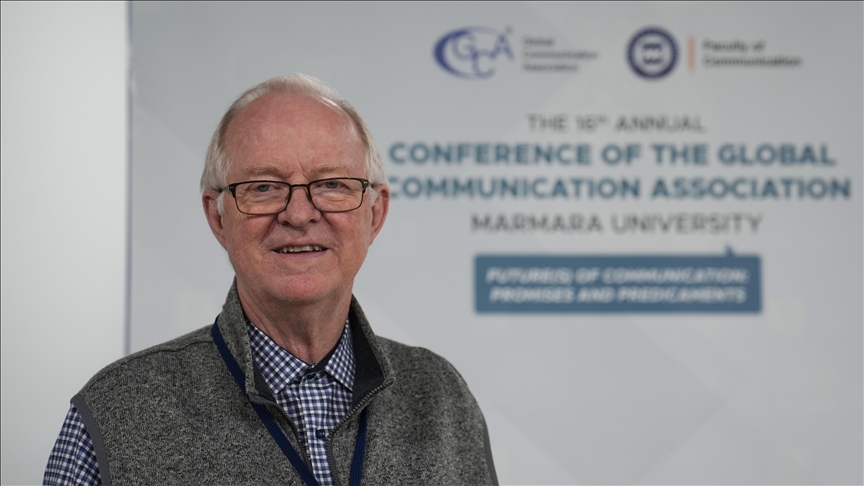New report finds dozens of obstacles to uncovering unmarked graves in Canada
TRENTON, Canada
There are dozens of obstacles to uncovering unmarked Indigenous residential school graves in Canada, including violent denialism, according to a report that was released Friday.
In her interim report commissioned by the federal government to help Indigenous communities find children who died while attending historical Indian Residential Schools, advisory representative Kimberly Murray spent one year traveling the country and hearing from families and survivors.
She detailed 48 barriers that hindered the search to locate and identify as many as 4,500 children who perished while being forced to attend the more than 130 residential schools beginning in the 1830s. Many of the children lie in unmarked graves at school sites across Canada.
Murray said one of the major barriers was intimidation and threats that erupt when graves are found — almost 2,000 in the last two years using ground penetrating radar.
“This violence is prolific,” Murray wrote in her report, “and takes place via email, telephone, social media, op-eds and, at times, through in-person confrontations. “
She cited the example of 215 potential unmarked graves found in May 2021 by the Tk’emlups te Secwepemc Nation at the site of the former Kamloops Indian Residential School in the west coast province of British Columbia.
Besides having to deal with the shock of the discovery and the glare and intrusion of international media attention, the First Nation was forced to cope with individuals who invaded the gravesite, sometimes by stealth.
“Some came in the middle of the night, carrying shovels; they said they wanted to ‘see for themselves’ if children are buried there, said Murray. “Denialists also attacked the community on social media.”
She also said there was a necessity to allow more access to records not only to identify children, but to establish compensation claims for families of the dead and survivors of the schools. The last school closed in the 1990s. Timely access is important since the records are slated to be destroyed in 2027.
Among the other obstacles that need to be addressed, Murray cited repatriation of the children as well as cemeteries and burial sites, better funding for searches and safeguards against violence engendered by denialism.
Murray also urged federal protection of unmarked burial sites.
Indigenous children were forced to attend the schools as the Canadian government did its best to wipe out Indian culture. In some cases, families were not informed when their children died and were buried at the school sites.
The schools were run by various religious organizations, including the Roman Catholic, Anglican, Presbyterian and United Churches.
Anadolu Agency website contains only a portion of the news stories offered to subscribers in the AA News Broadcasting System (HAS), and in summarized form. Please contact us for subscription options.




